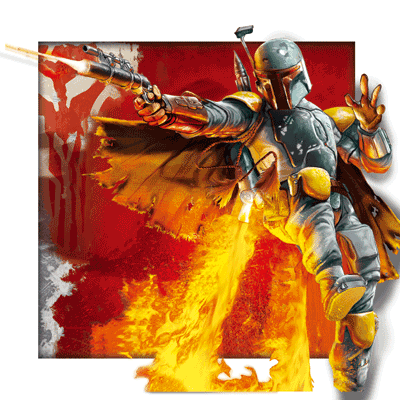
★ 3D depth Effect
The lenticular 3D depth effect is produced following the concept of parallax,
which is achieved by combining the image data from the left and right eyes
within the brain.Our brain processes two different views to form a single
three-dimensional image.We can see the poster in the 3D effect image
without glasses.
3D Depth Effect
Depths Lenticular Production Process
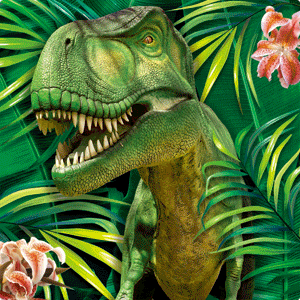
★ Flipping Effect
The Flip Effect is one of the simplest of all Lenticular animation effects. It consists of an image changing or flipping, to another. The Lenticular Flip Effect allows up to three separate images to be combined and seen independently when viewed from completely different angles, shifting the lenticular lens.
Flip Effect
Flip Lenticular Production Process
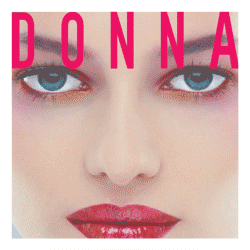
★ Animation Effect
The Lenticular Animation effect is created by interlacing multiple frames in
a sequence to give the illusion of motion. It's comparable to watching a film
clip or GIF image, however on a platform that doesn't require energy. For this
effect, it is best when the background stays fixed throughout all the frames.
Usually, this requires a short video clip or sequenced images.
Animation Effect
Animation Lenticular Production Process
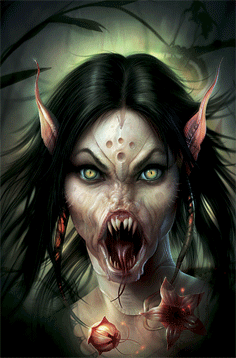
★ Morphing Effect
The Lenticular Morph Effect gradually transforms one image into a different image. Even though any two objects may be morphed, this process works best when the 2 images are similar in shape and both are on a common background.
Morph Effect
Morph Lenticular Production Process
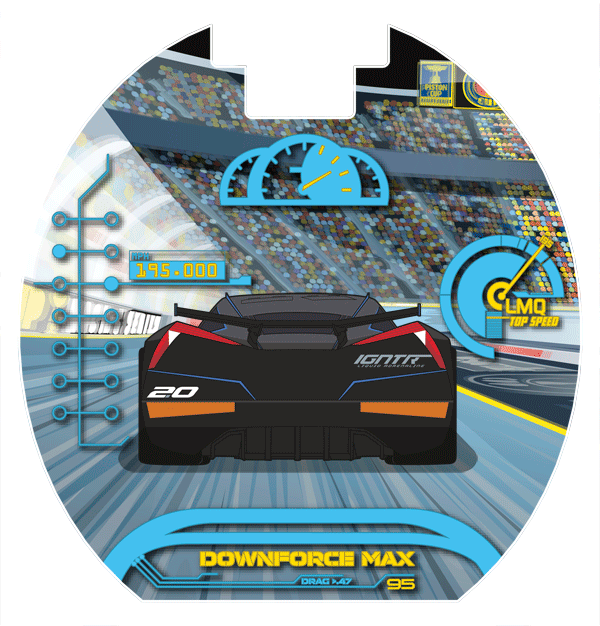
★ Zooming Effect
The Lenticular Zoom Effect is the perception that an image is moving in
closer or further away. This is achieved by having an assortment of images
in various positions, animated in a loop. The process of creating a Zoom
animation is most effective when the background is common throughout all
the images.
Zoom Effect
Zoom Lenticular Production process
What Is The Maximum Size Of Lenticular Sheets That Can Be Produced?
Which Market Are Lenticular Card Products Mainly Exported(Or Supplied)To?
A layered Adobe Photoshop (PSD) file is the preferred format. We also accept Adobe Illustrator (AI), Portable Document Format (PDF), HD JPEG, and TIFF formats. If artwork is submitted in vector format, all text must be converted to outlines.
Flip and animation effects require 2 to 12 individual layers, one for each image change. 3D effects require 7 to 12 layers, at least above 3 layer. one for each individual object or background.
Resolution is measured in dots per inch (DPI). The more dots per inch, the sharper your image will be. For printed products, the minimum resolution is typically 300dpi.
Text Font Size: 8 pt. bold minimum, 10 pt. bold recommended for the 75 lpi lens. As smaller the lpi of the lens as larger fonts must be used. All fonts must be converted to outline.
Contact: Robin Sun
Phone: 13728082121
Tel: 0769-86061619
Email: Sale@lxpack.com
Add: 7/F, 49 Xiaobian ST, Changan Town Dongguan City,523850 China